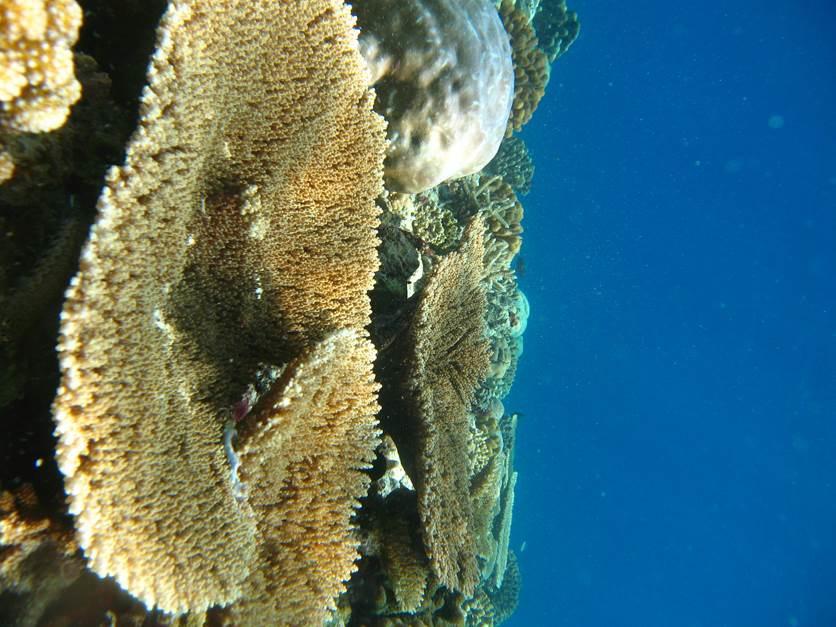Rohan Arthur
Other projects
3 Sep 2012
Understanding Drivers of Coral Reef Resilience in the Face of Climate Change in the Lakshadweep Archipelago
In the wake of repeated mass bleaching of corals in the Lakshadweep Archipelago, this project aims to assess the buffer capacity of these reefs within a predictive framework of resilience.

Given their sensitivity to climate change, understanding how coral reefs respond to this change becomes increasingly vital, if we have to manage them for the ecological services they provide. While climate itself may not be possible to manage at regionally meaningful scales, understanding the factors that drive the inherent buffer capacity of reefs is an essential step toward their rational conservation. In the last decade, there has been considerable interest in teasing apart the factors that contribute to the buffer capacity of reef systems, and several important conceptual advances in our understanding of resilience principles. The determinants of this resilience are likely highly contingent on local conditions, including oceanography, reef connectivity, the presence of refugia, healthy fish communities (herbivores playing an important role) and low levels of anthropogenic influence (fishing, pollution, etc) 5-9. These advances notwithstanding, there have been few attempts to test this resilience within a predictive framework, a necessary next step if we have to go beyond contingent explanations for the large variability in reef responses to, and recovery from, large climate-related disturbances.
The Lakshadweep Archipelago in the Indian Ocean is highly susceptible to climate-related mass bleaching and sustained catastrophic coral mortality during the 1998 El Niño, with major structural losses and consequences for the rest of the ecosystem. Once healthy, coral-dominated reefs were reduced to uniformly low cover across the archipelago, exacerbated by the southwest monsoon. Reef recovery over the last 12 years has been mixed, aided, at least in part, by relatively low resource extraction pressures. This, despite one of the densest human populations in rural India, mostly dependent on fishing. Our work has traced historical changes in fishing practices in the Lakshadweep from reef fishing to semi-artisanal tuna fishing in the 1970s as part of government-subsidised development schemes. We argue that much of the apparent resilience in the Lakshadweep archipelago to the 1998 mortality was a result of this reduced fishing pressure which allowed for healthy populations of herbivore fish to control algal growth and facilitate reef recovery. However, very little is known of other factors that could influence this resilience including connectivity patterns, monsoonal influences, and other biological and oceanographic factors. The summer of 2010 has seen another potentially devastating rise in ocean temperatures, with observations of mass bleaching that rivals the 1998 event in magnitude. We propose to 1. quantify the extent of the damage to the reefs of the archipelago in the wake of this bleaching event and 2. evaluate the broader resilience of this system to repeated warming events within a predictive framework.